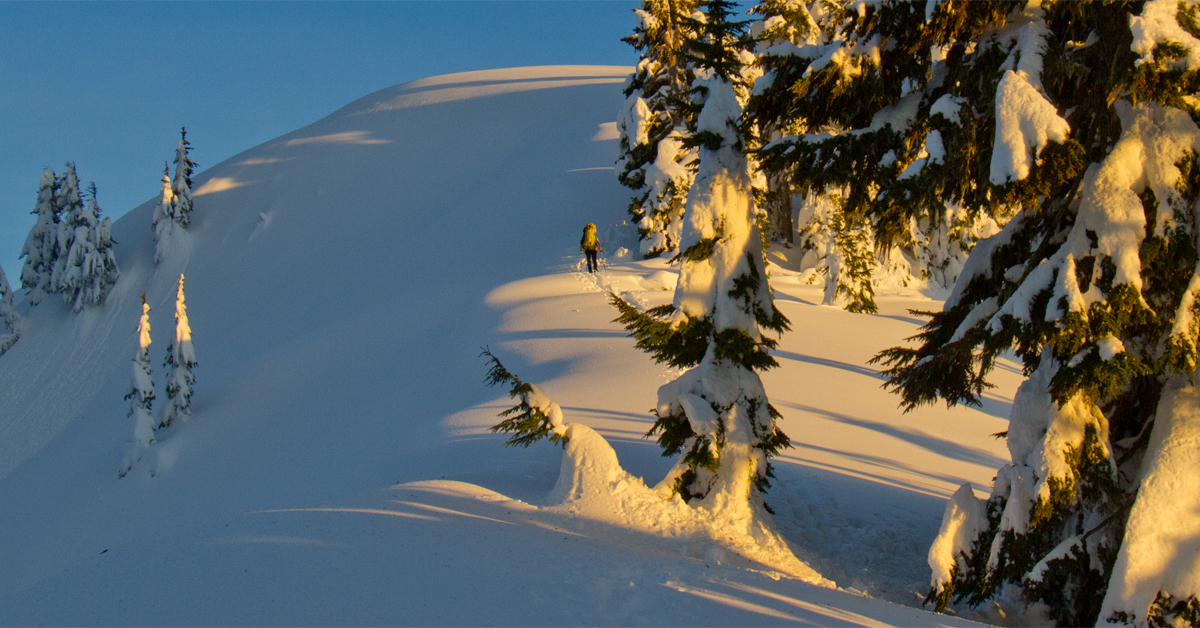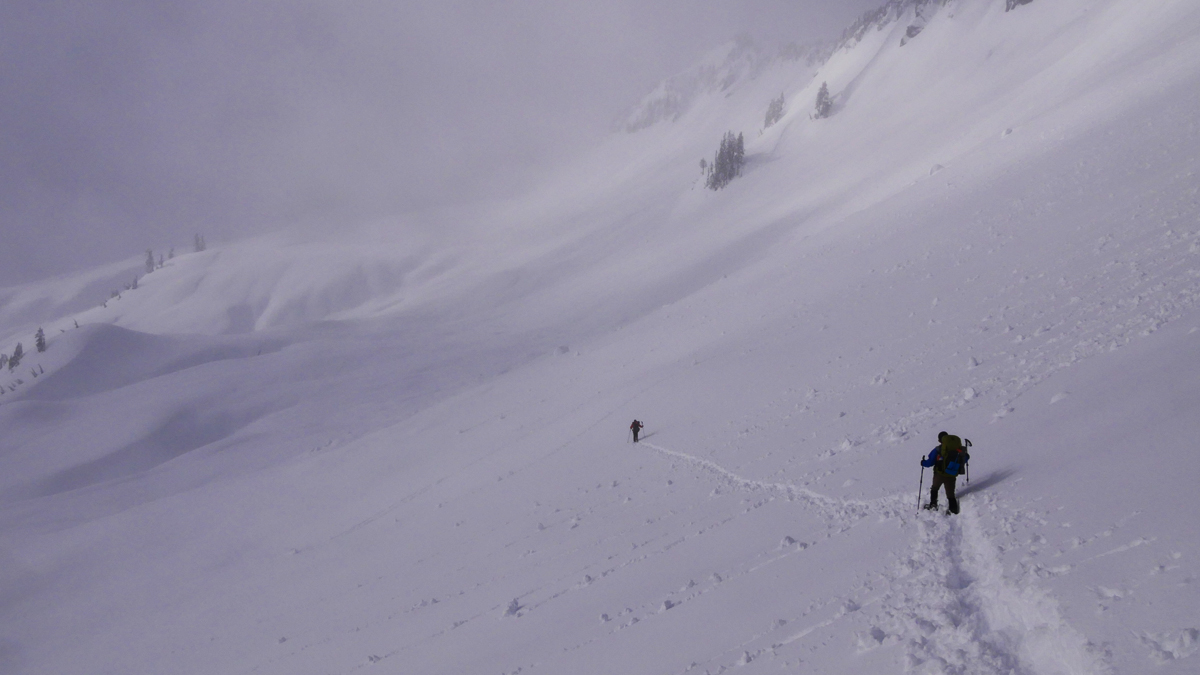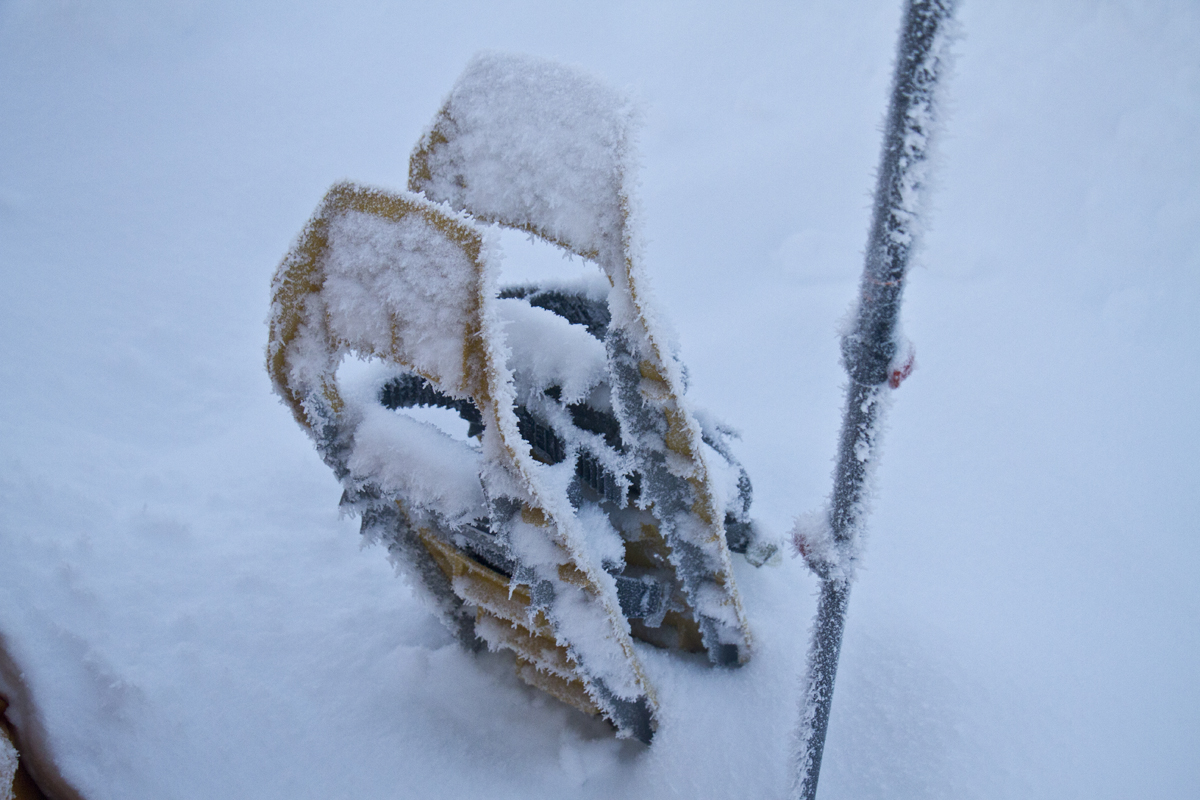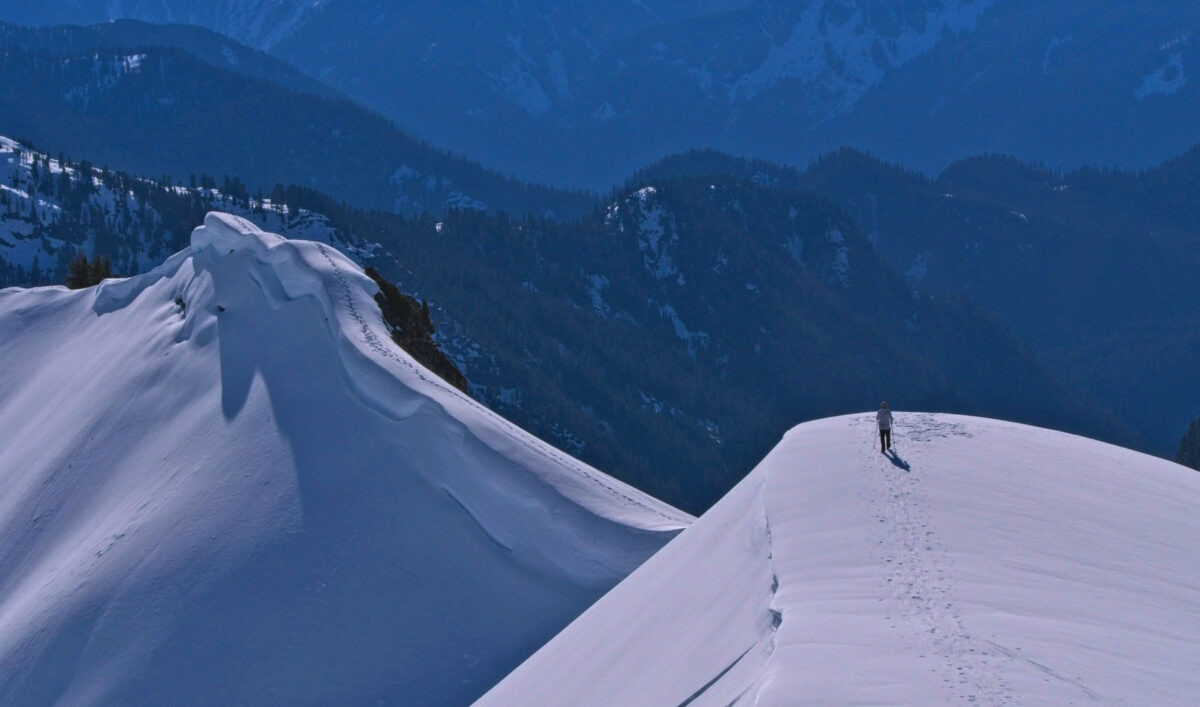The Basic Concept of the Ten Essentials
The “ten essentials” is a common way of referring to items that one should always carry in the wilderness for an emergency. These are items that will help you cope with difficulties that could turn into life-threatening situations. For example, you can carry a compass and map to avoid getting lost, but also a headlamp, so you are able to see the compass and map if you require navigation at night or an altimeter if you are in a whiteout.



